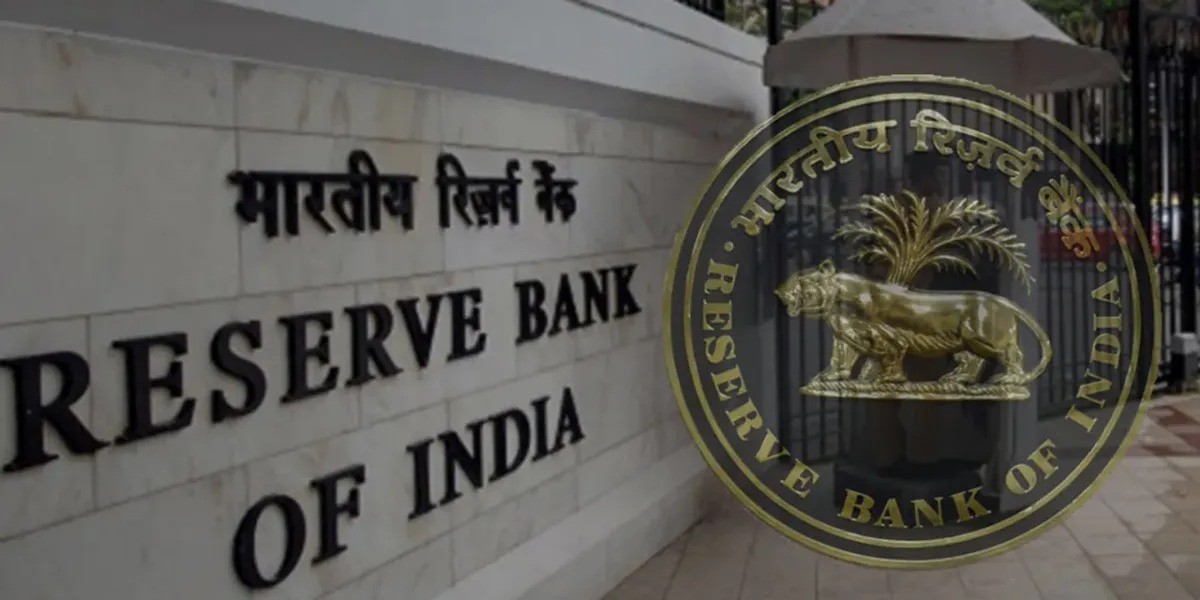The Reserve Bank of India (RBI) has proposed mandatory implementation of a Unique Transaction Identifier (UTI) for every Over-the-Counter (OTC) derivative transaction in India. The draft circular outlining these rules was released recently, with enforcement set to begin from April 1, 2026.
In a landmark move to enhance transparency and regulatory oversight in India’s OTC derivatives market, the Reserve Bank of India has released a draft circular mandating the use of a Unique Transaction Identifier (UTI) for all OTC derivative transactions entered into in India. The UTI is a unique code assigned to each transaction to help trace and monitor trade flows accurately.
The circular, open for stakeholder comments, aims to standardize reporting and reduce risks associated with OTC derivatives. Once implemented, all market participants will be required to generate and report UTIs, aligning India's regulatory framework with international best practices.
This measure will strengthen market discipline, improve data quality, and facilitate better risk management by market participants and regulators. The proposed instructions will become effective from April 1, 2026, allowing market participants sufficient time for compliance preparedness.
Key Highlights:
-
RBI mandates Unique Transaction Identifiers (UTI) for all OTC derivative transactions.
-
Draft circular released inviting comments from stakeholders.
-
Objective: increase transparency, data quality, and regulatory oversight in OTC markets.
-
Aligns India’s derivative regulations with global standards.
-
March 31, 2026, deadline for readiness; effective implementation from April 1, 2026.
-
Expected to enhance risk management and market discipline.
-
Applies to all participants transacting in OTC derivatives within India.
-
Reflects RBI’s continued efforts to rationalize and modernize OTC derivative market regulations.
This initiative marks another important step in India’s financial regulatory evolution, improving systemic stability and investor protection in complex derivative markets.
Source: Reserve Bank of India Draft Circular

